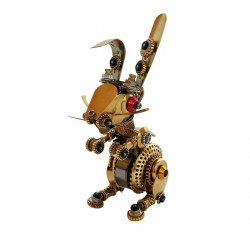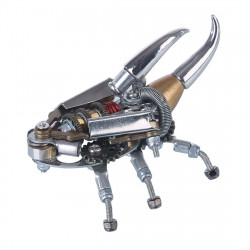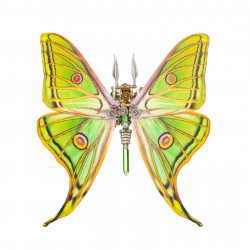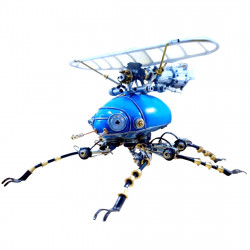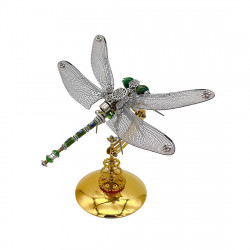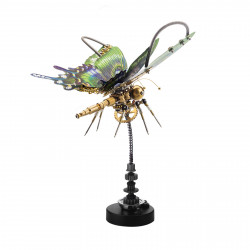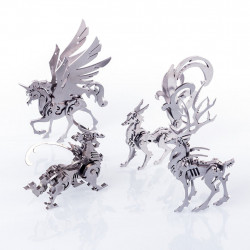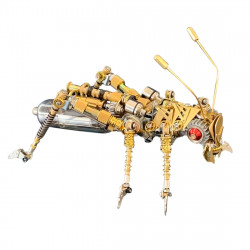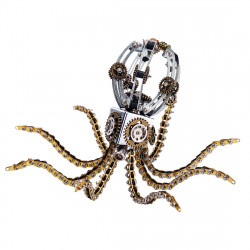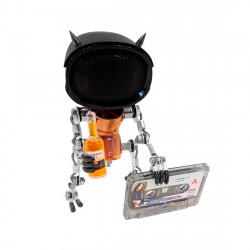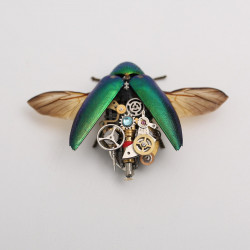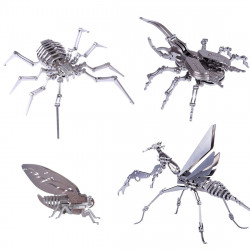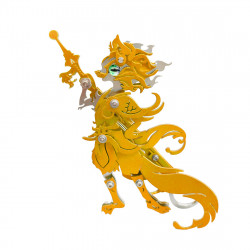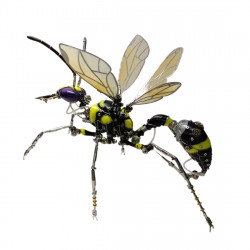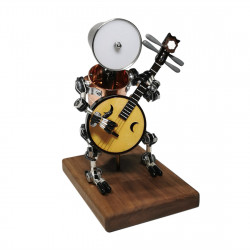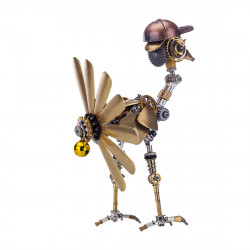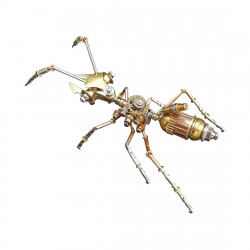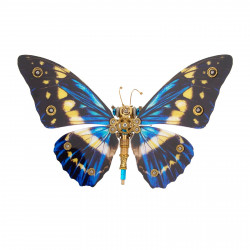Who is the King of Spiders? Goliath Birdeater or Tarantula

Who is the King of Spiders? Goliath Birdeater or Tarantula
In reality, spiders are a common animal. They can be found practically anywhere in the world. Most of them weave webs on trees to capture passing insects to make a living. Others do not weave webs. A few coexist with people, such as weaving nets on the corners of human roofs to catch flies and mosquitoes. They also frequently walk on the ground and depend on safari for survival. Spiders are classified into 42,055 species and 3,821 genera worldwide. The Amazonian gigantic tarantula is now the most enormous spider on the planet.
The Amazon jungle is the biggest forest on Earth, with its deep woods and diverse array of animals and plants. The "Kingdom of Animals and Plants in the World" is its name. The enormous tarantula, one of the biggest spiders in the world, lives here. The massive spider in the Arachnoid class is known to be the Amazon enormous bird-eating spider. It can weigh up to 230 grams and has a body length of up to 30 cm from head to toe. It is a "spider king" who deserves it.
Classification of tarantulas in nature
Tarantulas are found worldwide in a wide variety of places. Humans identified them in 2013 and categorized them into 13 subfamilies. The subfamily has 935 species and 124 genera of tarantulas. Most species are native to the Amazon jungle in South America. Since its poison is the fiercest and most toxic of all tarantulas, the tiger-pattern tarantula is the most well-known in China. It is a new tarantula species found in Guangxi, my home country. It can poison a cow, so the saying goes.
There are three different kinds of tarantulas: those that live in trees, those that live on the ground (including those that burrow), and
1. As the name implies, tree-breathing tarantulas reside on trees. They typically prey on animals that remain on trees and weave webs on them to construct nests. Usually, they build their nests in tree trunk holes, into a "U" shape and then into a circular pipe.
2. Ground-dwelling tarantulas (burrowing tarantulas)The distinction between ground-dwelling and cave-dwelling tarantulas is that the former dig holes to construct their nests. Still, the latter does not and only locates the burrows of certain mammals, such as mice or snakes. As a result, they can be grouped into a single category. A common ground-dwelling tarantula is the Amazon gigantic tarantula.
Most tarantulas that live on the ground burrow, and they only hunt close to—usually not very far from—their nests. The male tarantula will leave its nest to locate a mate during the mating season since it is searching for the opposite sex to make offspring, whereas the female will spend the remainder of its life in its cave and constantly switch its nest. After mating, they go.
The "eight-eyed spider king" is the name given to the Amazon enormous tarantula with eight eyes on its head. Despite the large number of eyes, it is pointless. It has inferior vision, comparable to severe myopia. I was unable to locate it beside it. Thanks to a unique skill, it can identify prey quickly.
The enormous tarantula can spin silk and create webs like other spiders catching birds. The sole distinction is that some spider species construct their webs in caves, whereas others suspend their webs in the air to capture their prey. It resembles a thin white carpet inside and outside the hole, concealing itself in the centre of the rug. On the carpet, every spider silk functions as a sensor. When silk spiders hidden in the hole detect an approaching victim, they promptly take appropriate action. Thus, one of nature's most clever hunters is the enormous tarantula.
In addition to hunting, this silk can, of course, help enormous spiders strengthen their houses and withstand the cave's moisture.
This type of web serves as an alert rather than a means of trapping prey, and for big tarantulas, it is merely comparable to a braid full of bells. They are better at hunting with their teeth and bristles on their body, which is a more traditional kind of close fighting.
They can readily bite into their prey's body with long, firm fangs, typically 5 mm long. Even though this spider's venom isn't potent, it nevertheless secretes more than other spiders, which is more than enough to deal with some insects and small vertebrates and to stun or paralyze the victim.
The many bristles on the enormous tarantula's body are its most potent hunting tool, not its long fangs. If you study them under a few hundred times magnification, the bristles under the abdomen resemble tiny fish hooks with barbs.
The tarantula's abdominal bristles are typically more efficient than fangs when attacking prey. When they hunt, they rapidly brush their back feet against their abdomens, releasing a lot of bristles onto their prey. Small rodents may die because of the sheer volume of bristles discharged at once. The more deadly ones can swiftly kill the animal because there are hundreds or thousands of them.
The giant tarantula of the Amazon has no rivals among insects. This animal frightens even big birds.
Numerous parasitic wasp species exist, some bigger, more hostile, and capable of taking down enormous animals like giant tarantulas. These parasite wasps can easily evade the attacks of bird-eating spiders, who, despite their inability to recognize them at first sight, will defend themselves with their toxic stingers and forelimbs. On the contrary, they know spiders' self-defence mechanisms—a deadly defect.
When bird-eating spiders cannot defeat parasite wasps, they quickly hide in the nest's interior and cover the openings with their nets to keep the parasitic wasps from attacking. They can still be found by some strong parasitic wasps, though, and some of them can even burrow into the ground.
When the spiders weren't looking, they used poisonous needles to paralyze them, rendering them comatose like vegetative people, and they excavated their burrows in silence. After that, it deposits eggs within its body. The larvae feed on the spider's guts after hatching, initially consuming secondary guts before undergoing several transformations into adults. By acting this way, parasitoid adults and nymphs can guarantee fresh food. The horned wasp, golden wasp, wasp, and wasp are common parasitic wasps in the Amazon.
Although they are generally harmless to humans in the wild and, like most tarantulas, do not actively attack humans, many individuals now want to keep this Amazon gigantic tarantula as a pet. However, the aggressive spider will not be courteous if people unintentionally agitate it while attempting to capture or nurture it.
Which spider is bigger, a Goliath birdeater or a tarantula?
The Goliath birdeater is reportedly larger than tarantulas. The goliath bird-eater, the most enormous spider in the world, has legs almost a foot broad. The tarantula weighs as much as a baseball and is about a foot long.
It will use its teeth to attack you. Even while its poison is not life-threatening to humans, a small amount of it will cause your skin to tingle if its bristles puncture it. It hurt and itched like crazy. It is pretty impossible to remove if it gets in the eye and can cause blindness. As a result, I caution those who enjoy playing with this type of spider!
If you don't want to spawn spiders, I suggest building a metal Spider-Man do-it-yourself kit. These kits make excellent presents for spider enthusiasts. Please take a look at the Metal3dpuzzles 3D Metal Puzzle spider metal kits.


